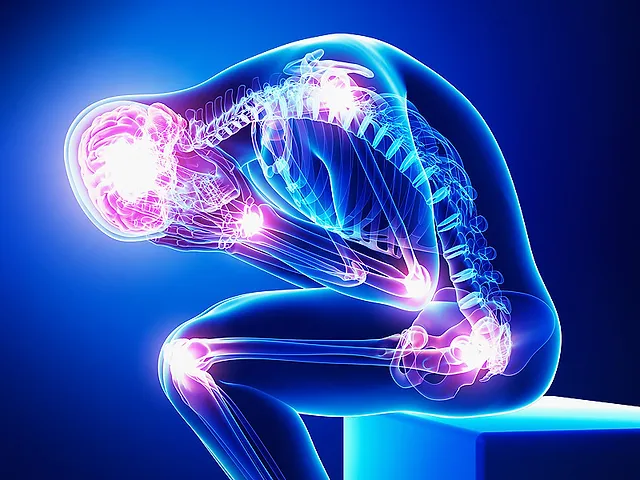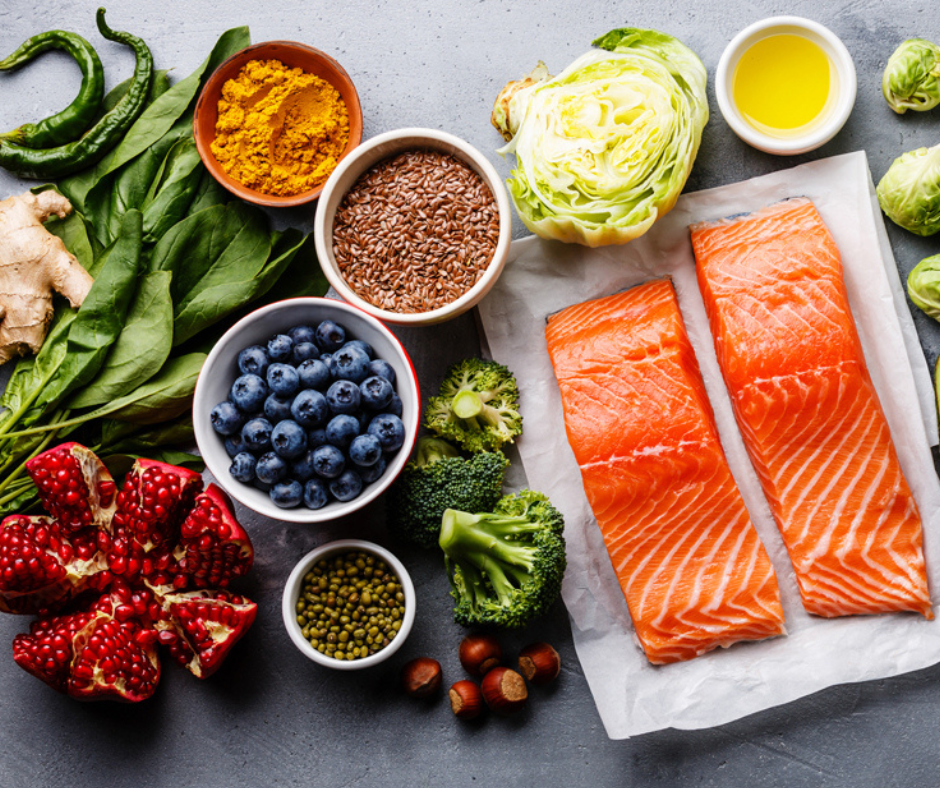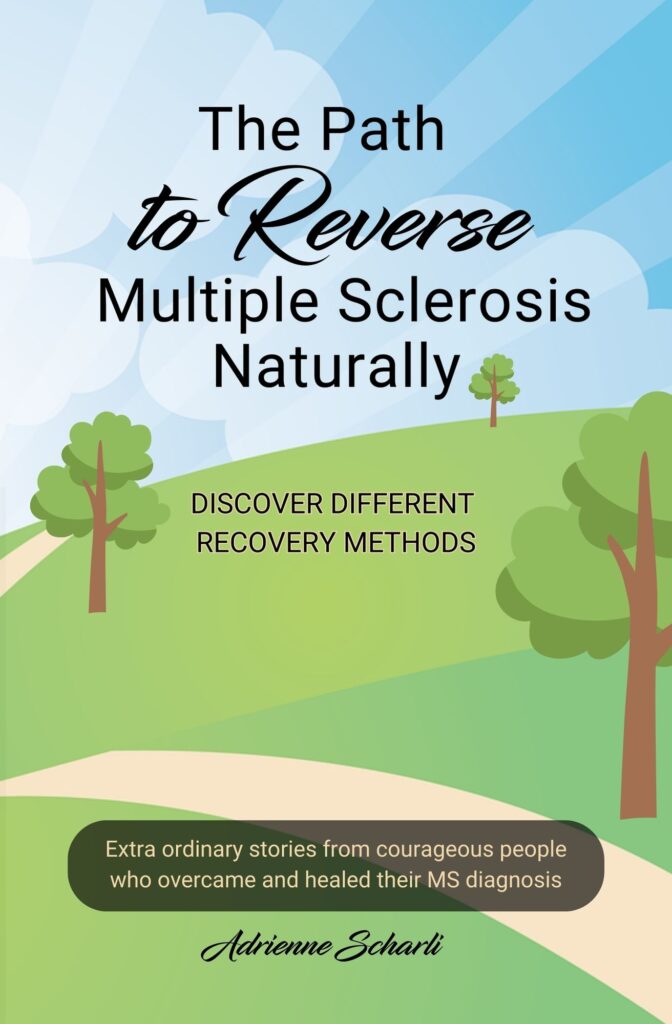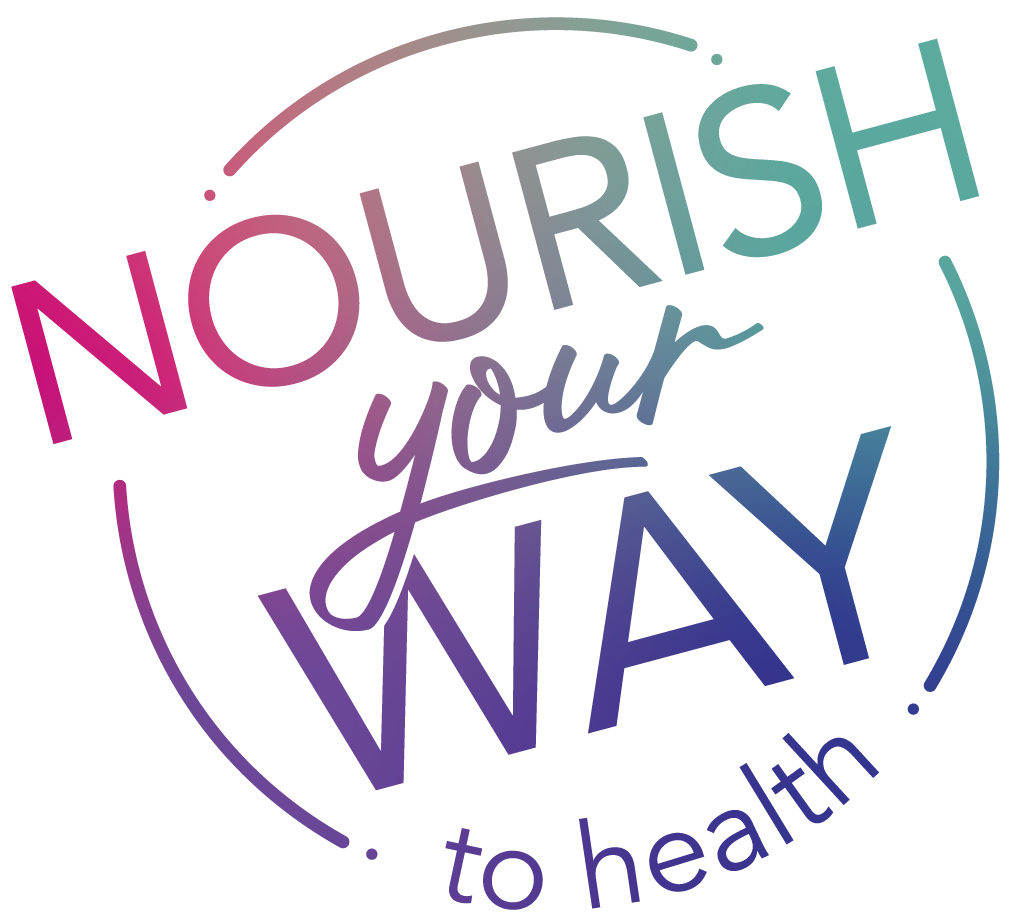
Reversing chronic symptoms
When I’m on different MS Facebook sites I’ll read posts written by people asking how to alleviate fatigue, an MS hug, numbness, or tingling, and so on. I sometimes chime in and write, “There is not just ONE THING you can do, but MULTIPLE THINGS. Whether you have MS or not, MANY people have symptoms that pop up often like, joint pain, headaches, stomach bloating or aches, abnormal vision issues, spasms, and so on. How do you fix these?
There are MANY strategies to help you relieve or even heal your symptoms. I will reveal FIVE PRACTICES.
Lots of remedies you can start taking action on.
- EAT WHOLE FOODS

There is a reason why food in NUMBER ONE! Our bodies don’t function well over time if we don’t feed it enough nutrients (vitamins, minerals, protein, water, or natural carbs). It’s a “wake up call” when we start feeling certain symptoms. The first thing we need to pay attention to is the food we eat. Our bodies start to break down or give us uncomfortable symptoms when we ignore the nutrition we need. Food can both heal and contribute to disease. Start incorporating whole foods!
2. AVOID AND ELIMINATE TOXINS

A toxin can be heavy metals in your body, parasites, certain foods, lectins from food, or candida (too much bad bacteria or yeast in your microbiome). A toxin can be a narcotic or medical drug you’re taking. Does it give you side effects? If you get side effects this is your body sending off a warning that it’s rejecting that drug. Smoking, of course, is a toxin. Breathing polluted air is a toxin. A toxin can even be someone in your life that you may have a toxic relationship with. There are many ways to eliminate toxins–avoid processed foods, gluten, most dairy, and sugar. You can help flush out toxins with certain whole foods and herbs. Eating more leafy green veggies and making healthy green smoothies is a great detox! I’ve got many versions of green smoothies on this web site under RECIPES or in my COOKBOOK
3. COLD THERAPY

Have you heard of Wim Hof? He’s a Dutch individual known as “The Iceman,” is noted for his breathing techniques and being able to withstand freezing temperatures. His story is quite astounding. As a young adult, he discovered how submerging himself in cold water gave him peace, and he adopted certain breathing exercises to keep himself suspended in frigid temperatures for longer periods. Wim understood the true benefits of the cold water, breathing techniques, and a positive mindset. He then made a method out of them in the hope others could benefit as well.
He has accomplished many feats including 21 Guinness World records involving extreme temperatures. Wim has demonstrated that deep breathing alkalizes the blood, regulates the body temperature, reduces inflammation, increases immunity, creates better sleep, reduces stress, heightens focus, and increases blood flow to the brain. Many tests have been done by medical and science professionals to measure and prove these results.
Wim says cold exposure is most easily achieved with cold showers. Begin by taking 30 seconds at the end of a warm shower with a blast of cold, mentally focusing beforehand, and doing your best to relax the body. Over time, it’s encouraged to extend this to 5 minutes or more for the full benefits.
This is his protocol for cold exposure for beginners:
Week 1: Thirty seconds of cold water at the end of a warm shower.
Week 2: One minute of cold water at the end of a warm shower
Week 3: A minute and a half of cold water at the end of a warm shower
Week 4: Two minutes of cold water at the end of warm shower.
4. BREATHING THERAPY & TECHNIQUES

Why is breathing so important? If we focus on our breath, we can really impact our physical and mental health and boost immune health and even athletic performance. You might think that we get most of our energy from what we eat and drink. Not true—most of our energy is from the air we breathe.
When we breathe through our mouths, we are exposing ourselves to everything in our environment. Seventy-five percent of the toxins you eliminate will leave your body as your breath, since your lungs filter out polluted air, foreign matter, and organisms that make their way into your body through the nose and mouth. If you live in a city it could mean pollutants, smog, mold, and so forth. If you breathe through the nose, the air is passing through elaborate structures. When the air is moving through these structures, it is warmed, filtered, and moistened, and then a profusion of nitric oxide is created. Nitric oxide kills viruses and bacteria! Nitric oxide also fights inflammation. When you breathe through the mouth, you get none of those advantages.
One simple form of breathing is box breathing. Box breathing is a deep-breathing exercise that helps promote relaxation. Deep breathing is also known as “diaphragmatic breathing,” “abdominal breathing,” or “belly breathing.” The exercise is called “box breathing” because it uses the image of a box, which has four sides, to help you pace your breathing in four steps. It’s also known as “square breathing,” “four-square breathing,” or “4×4 breathing.”
When you take a deep breath in (make is last 4 seconds), hold for 4 seconds, then out through your mouth for a count of 4 seconds, then hold your breath for 4. Then repeat 4 or 5 times.
- breathe in through the nose
- hold the breath
- breathe out through the mouth
- hold the breath
5. EXERCISE

You know your body better than anyone else. If you’re not used to getting daily exercise, start slow. For the rest, there are so many ways to exercise the body and it was designed to move! You’ll want to do something physical every single day. Exercise increases the demand on the heart to pump blood around the body. This feeds cells with more nutrients and oxygen while simultaneously excreting waste and toxins from the body.
With so many ways to exercise, do what you enjoy! Maybe it is simply walking, playing a sport, yoga, weight lifting, swimming, biking, dancing, jumping on the trampoline with your kids, and so on. Move your body in a variety of different ways.
Here’s how movement can help:
- Improves your mood
- Improves your overall health
- Helps you to stay as mobile and active as possible when your MS is more severe
- Decreases the risk of other diseases
- Relieves stress
Stretching
Stretching usually takes a backseat to all other priorities. Because we are constantly rushing off for family time, work, appointments, and regular home responsibilities, it’s easy to skip the stretches, warm-up, and cool down of a workout session. However, paired with deep breathing, stretching should be just as important as strength and cardiovascular exercise. At minimum, 5 minutes of stretching can do wonders.
If you want more detailed information about how to alleviate symptoms you may have, you can get detailed information in my book, The Path the Reverse Multiple Sclerosis Naturally.

Thanks for reading!
Adrienne
xo
Write me a note below!
